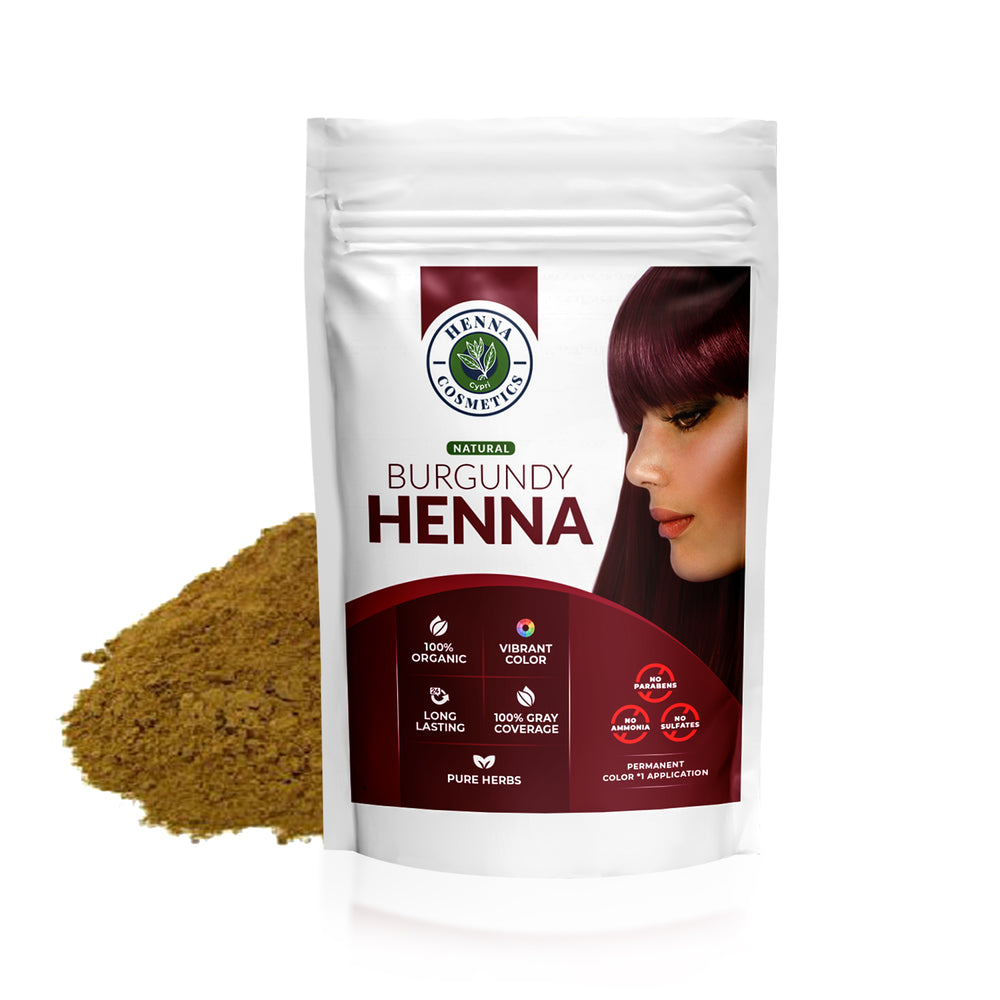The Vibrant Blend: Harnessing Indigo and Henna for Natural Hair Dyeing
In the ever-evolving world of natural beauty, the use of plant-based hair dyes has surged in popularity among those seeking to avoid the harsh chemicals typically found in synthetic hair color products. Among the most celebrated natural dyes are henna and indigo, two plant-derived powders that, when used in tandem through a two-step process, can achieve a range of beautiful, deep colors—from rich brunettes to vibrant indigo hues. This blog post delves into the benefits and process of using indigo and henna for natural hair dyeing, providing a comprehensive guide for anyone looking to explore this eco-friendly coloring method.
The Natural Palette: Understanding Henna and Indigo
Henna, derived from the leaves of the Lawsonia inermis plant, has been used for centuries in various cultures for body art and hair dyeing. When applied to hair, henna binds with the keratin, creating a lasting color that ranges from reddish to orange tones, depending on the original hair color and quality of the henna used.
Indigo, sourced from the Indigofera tinctoria plant, imparts a deep blue to black hue. Unlike henna, indigo requires a slightly acidic environment to bind effectively to hair, often achieved by first treating the hair with henna.
The Two-Step Process: Achieving Your Desired Shade
The process of dyeing hair with henna and indigo can be customized based on the desired outcome, but the most common approach for achieving dark tones, including shades of brown and black, involves a two-step process.
Step 1: The Henna Application
- Mix henna powder with an acidic liquid (like lemon juice or tea) to form a paste. Let it sit for 4-8 hours to release the dye.
- Apply the paste to clean, dry hair, ensuring thorough coverage.
- Wrap your hair and allow the henna to sit for 3-4 hours before rinsing out.
Step 2: The Indigo Application
- Shortly after the henna application, mix indigo powder with warm water to form a paste. Some add salt to enhance indigo’s dye release.
- Apply the indigo paste to the hair immediately, as it loses potency quickly.
- Leave it on for 1-3 hours depending on the desired depth of color, then rinse out.
The Benefits of Going Natural with Henna and Indigo
Using henna and indigo for hair dyeing is not just about achieving a vibrant color without synthetic chemicals. Here are several benefits of this natural dyeing method:
- Healthier Hair: Both henna and indigo are known for their conditioning properties, leaving hair thicker, stronger, and more lustrous.
- Long-lasting Color: The colors achieved with henna and indigo tend to fade more gradually than synthetic dyes, often lasting 4-6 weeks.
- Scalp Health: These natural dyes can improve scalp health by reducing issues like dandruff and itchiness, thanks to their antifungal and antimicrobial properties.
- Eco-friendly: Being plant-derived, henna and indigo are biodegradable and free from pollutants and toxins associated with conventional hair dyes.
Tips for Success
- Strand Test: Always conduct a strand test to predict the outcome before applying the dyes to your entire head.
- Quality Matters: Purchase high-quality, pure henna and indigo powders from reputable sources to ensure the best results.
- Patience is Key: The natural dyeing process is more time-consuming than using synthetic dyes but think of it as a nurturing ritual for your hair and scalp.
Conclusion
For those seeking a natural alternative to chemical hair dyes, the combination of henna and indigo offers a versatile and health-conscious solution. This two-step process not only provides a spectrum of beautiful, deep colors but also treats the hair and scalp to a conditioning and strengthening session. Embracing these ancient dyes can be a rewarding journey towards achieving vibrant hair color, naturally.






Leave a comment